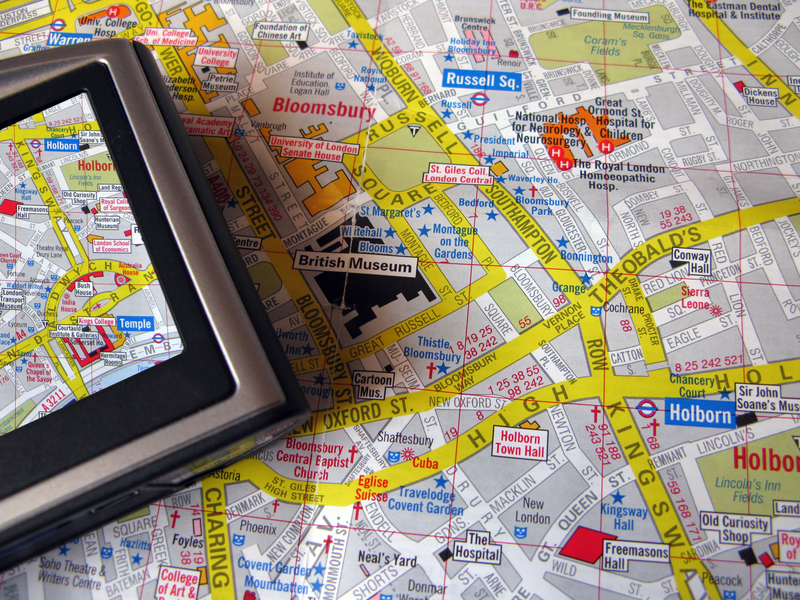As website The Prepper Journal notes, selecting a good route is the first step. This can be a complex process, so it's crucial to have a plan before a crisis occurs.
Firstly, you will need to select the routes available on a map and also use programs like Google Earth to view photos of the intended route. In the perfect circumstances the routes selected would need to be driven at the time of day you’d be using them so vehicle and pedestrian traffic flow could be assessed and also at a quiet time so a detailed survey of facilities and danger points can be compiled. You will need to plan several routes to and from each location and these will need to be varied as much as possible. In a high risk environment if you use the same route time and time again you will be asking for trouble.
The route selection needs to be broken down into simple stages and the time it takes to complete each of these stages recorded. This is because if there is a loss of communication with your vehicle at a certain time, then your location can be estimated by those your checking in with and will help people to know if your vehicle is overdue and might be in need of assistance.
You need to know the location of all the facilities along the routes such as the locations of hospitals, bathrooms, police stations, garages, hotels and so forth. Communications will need to be checked and all communication dead spots noted. The locations and payment methods (whether coins or cards) of all pay phones along the routes need to be noted. Emergency rendezvous points (RVs) will need to be allocated at positions along the routes in case of emergencies or separations, everyone using the routes will need to know the RV points.
Things that could considered as danger points on your routes would be anything that could slow you down or could conceal an ambush. These could include bridges, roundabouts, woodland, junctions, tunnels, culverts, narrow roads, one-way streets, areas of busy pedestrian or vehicle traffic, known criminal areas etc. Things to be especially suspicious of would include road works, lone-parked cars, pan-handlers, diversions and temporary stop signs. Now in reality if you live in a busy urban area I expect you will have to drive past the majority of the things listed to avoid on your daily journeys. In such environments you need to vary your routes as much as possible and take regular counter surveillance procedures. Also remember, if I know how someone has been trained I can usually predetermine the routes they will select, if I can do this so can the criminals.
Most conventionally trained security drivers are taught to take the most direct and fastest routes between locations, which are generally easy to determine. If I was a criminal targeting them I would just wait at a stop light along their route for them to show up. I am personally all in favor of using quite indirect routes which make it easy to identify if you’re being followed and makes it a lot easier to change routes fluidly and unpredictably if required; this not the case on a motorway with limited exits and heavy traffic.
I am also not a big fan of GPS and I find it astonishing the number of people who blindly follow GPS directions right or wrong. GPS are an aid to navigation not a means of navigation. I have had many people go through my course who have gotten lost by relying in GPS; they were taken to the wrong locations or the locations I gave them were not in the GPS etc. You need to be able to use a map and compass and plan your routes properly, this might take you 5 minutes, which in today’s world is a long time but better 5 minutes planning than a couple of hours driving around lost. Another take on GPS is that if I am a criminal who is watching you and see you’re using a certain type of GPS, all I need to do is buy the same model and it will tell me the routes you’re using between different locations, again no need for me to put you under surveillance.
This is only part of the preparation, and the site notes you also need to have a plan for reacting to ambushes. After reading this, we're definitely going to start putting together our own crisis plan so we can have peace of mind that if catastrophe strikes we're prepared!
Article Source: The Prepper Journal

Thanks